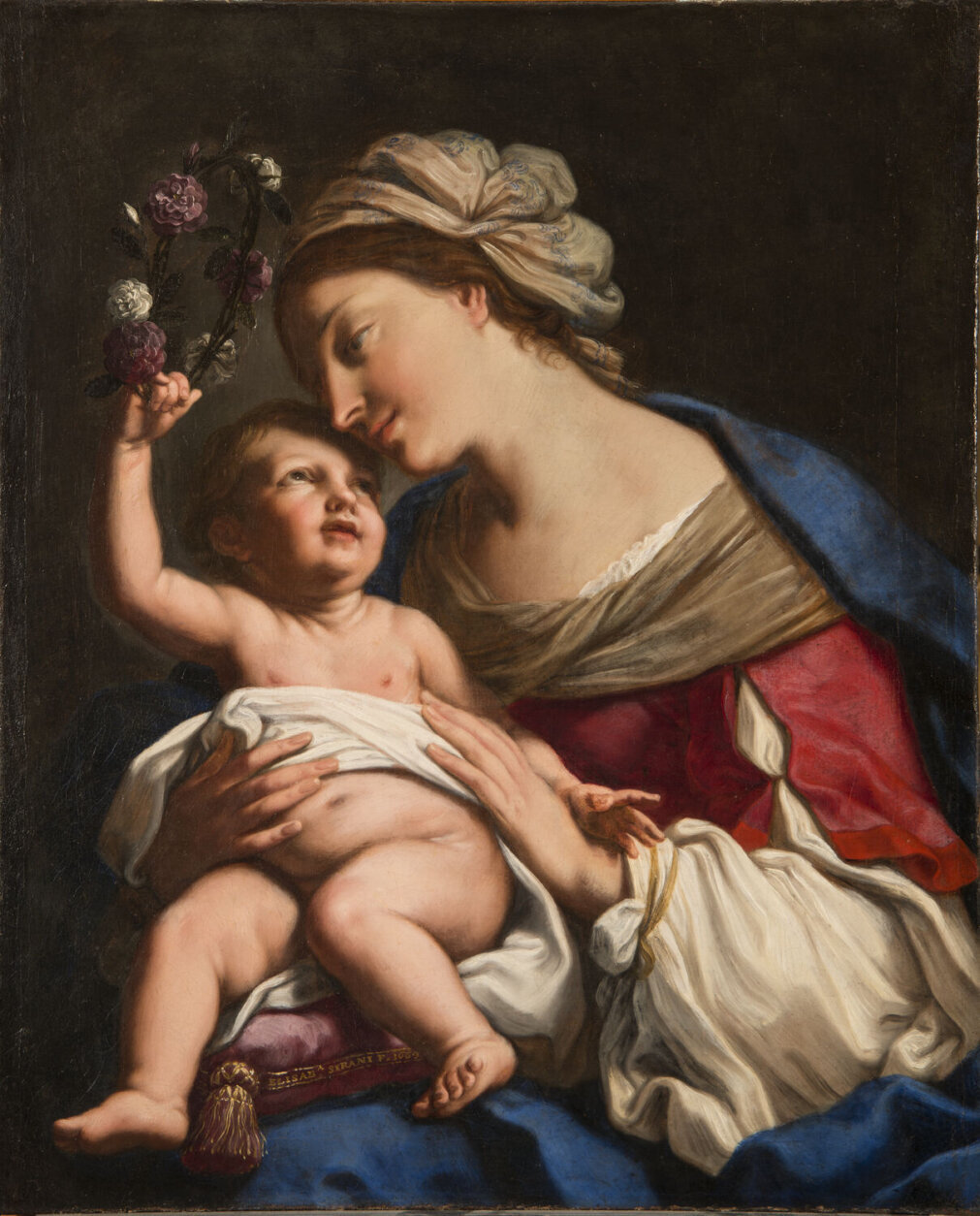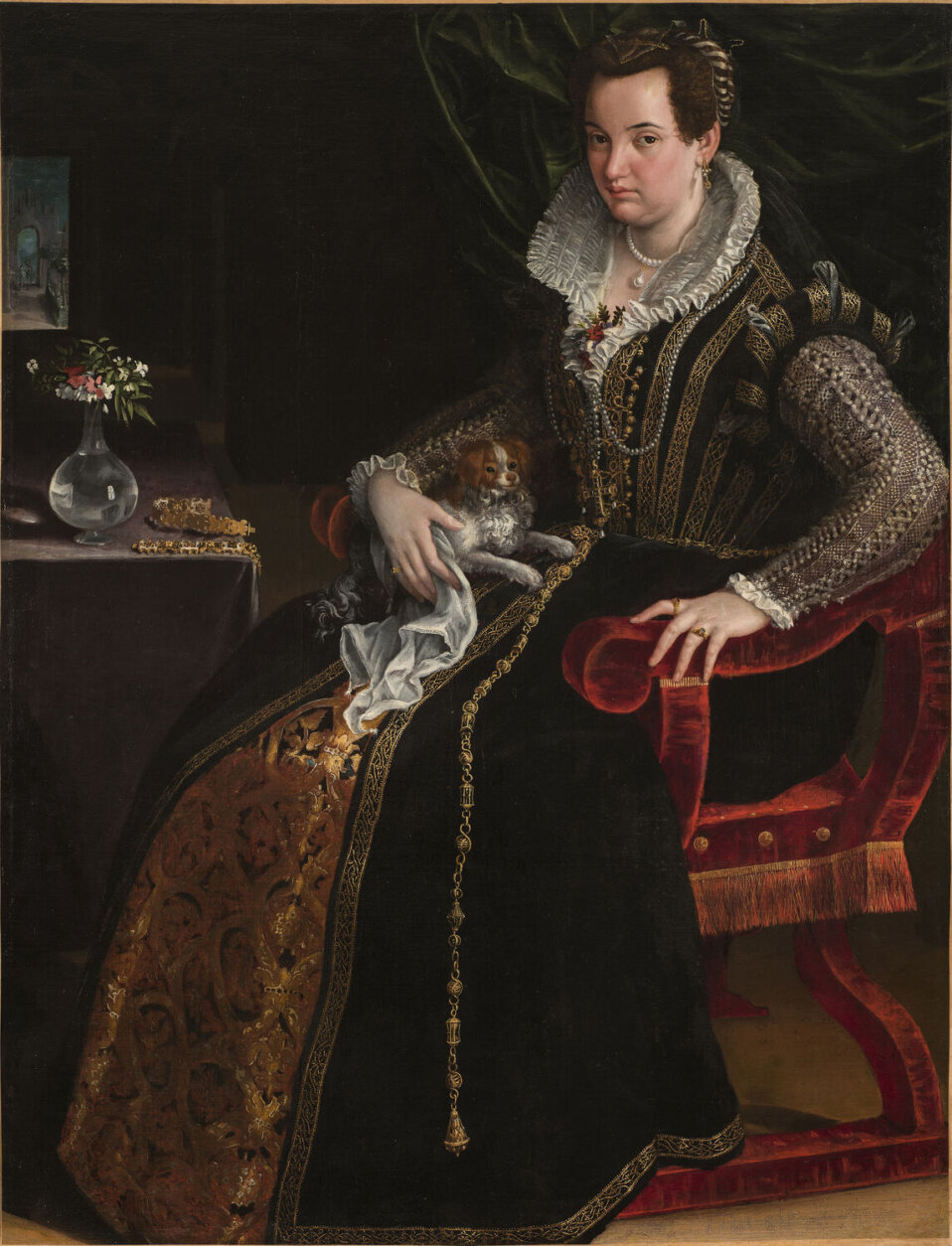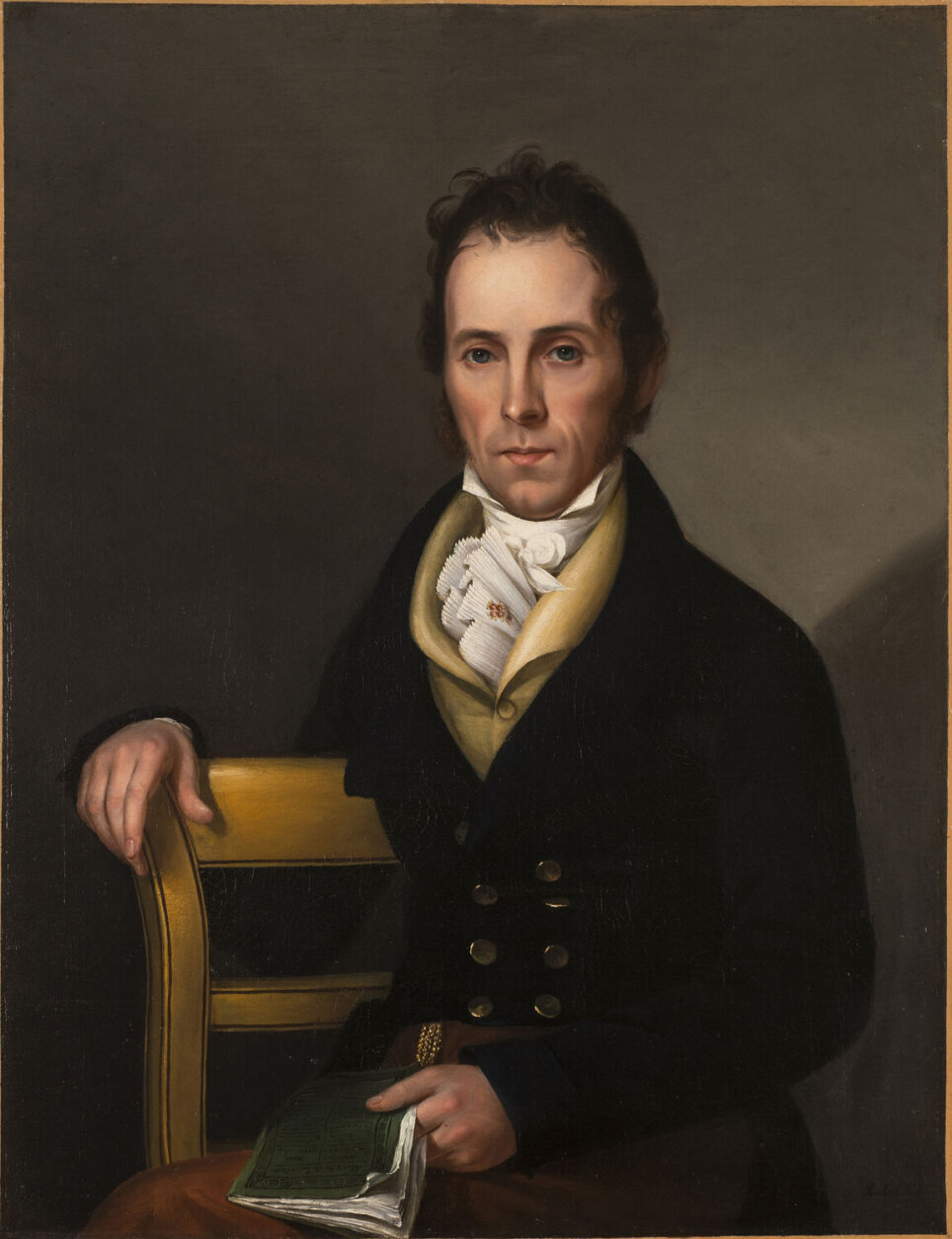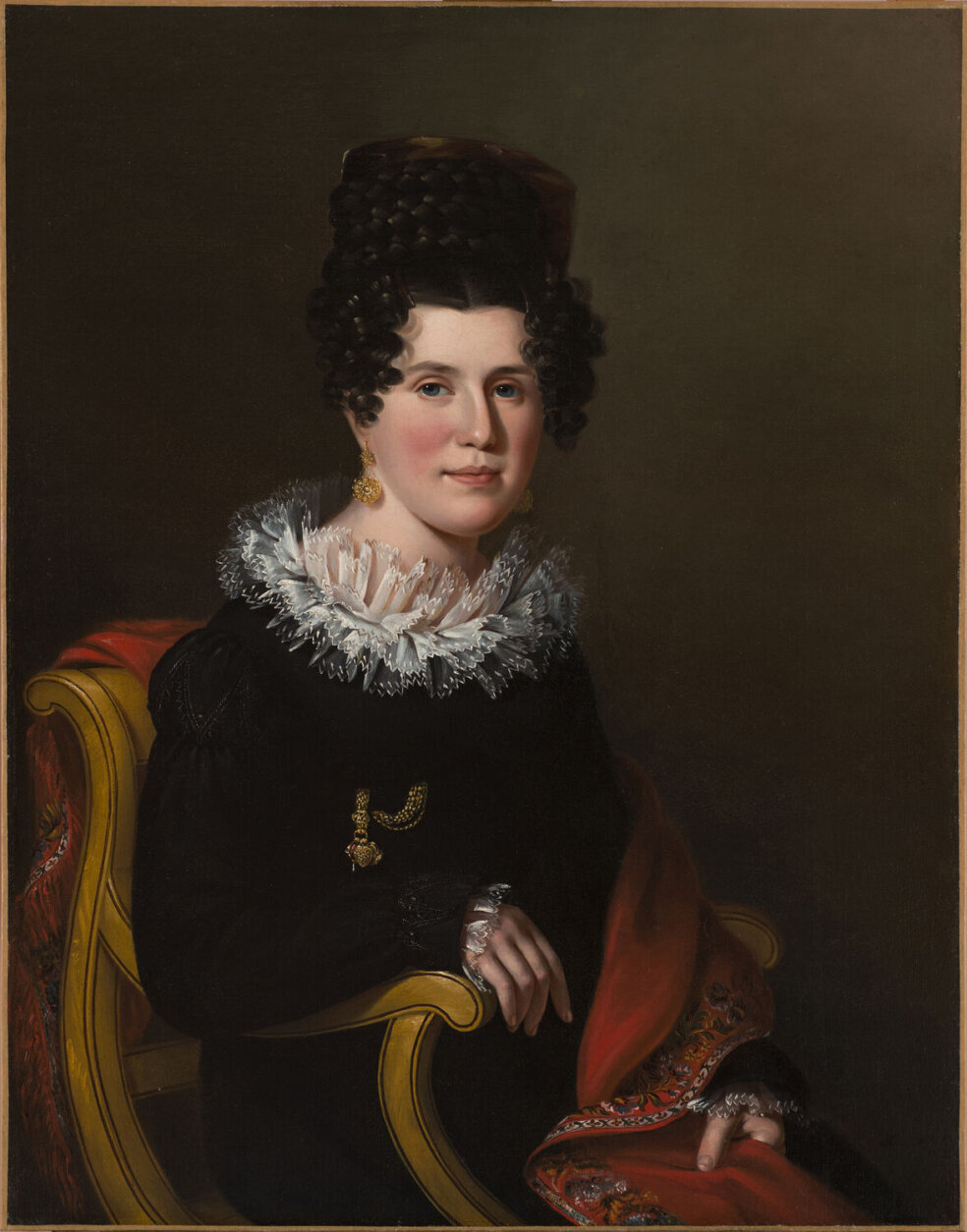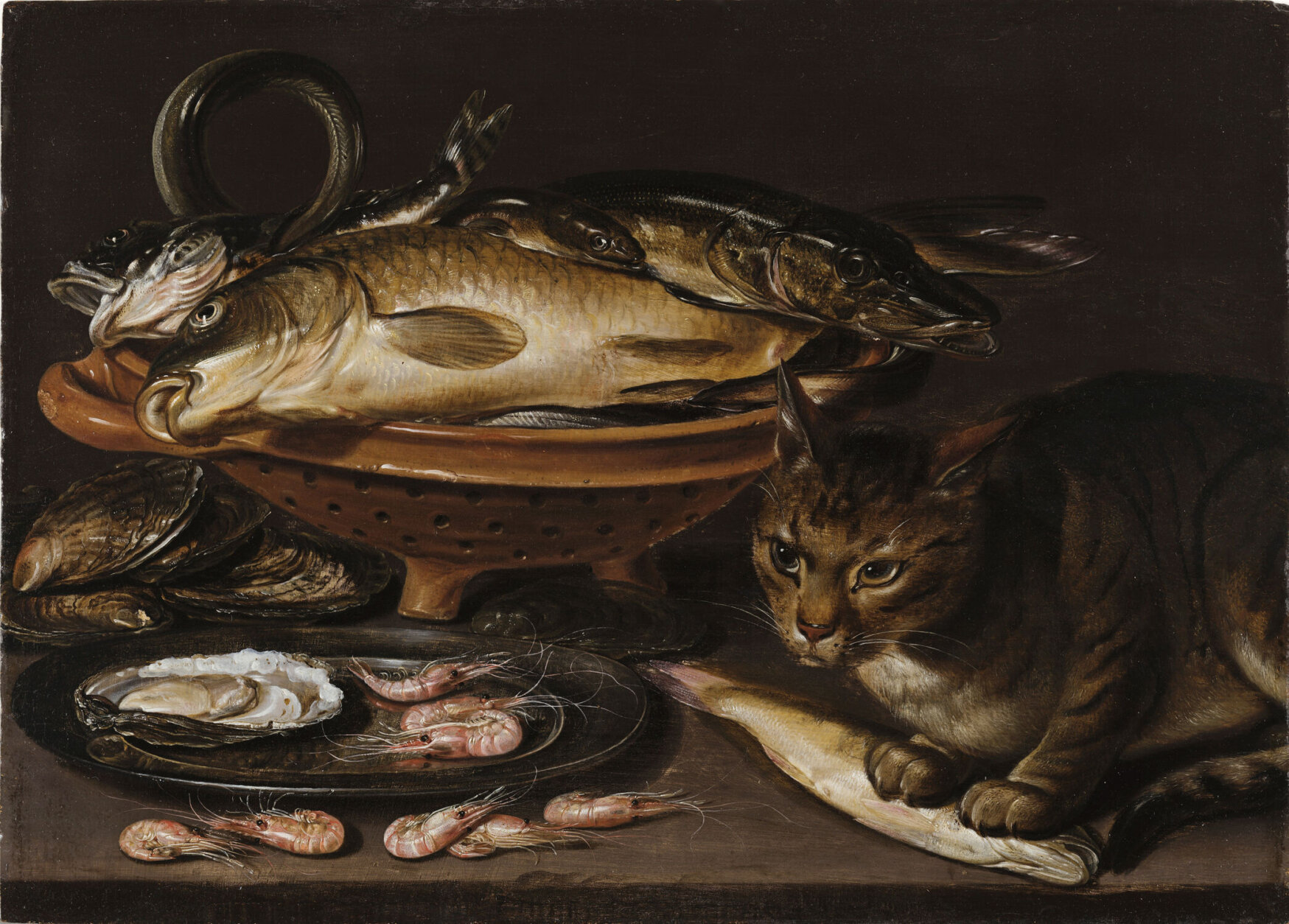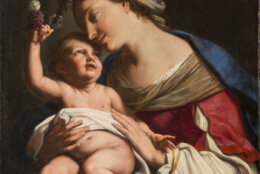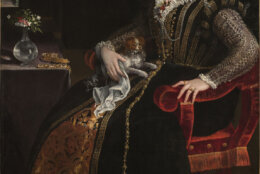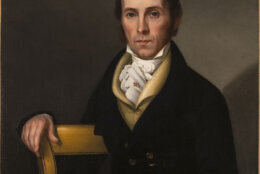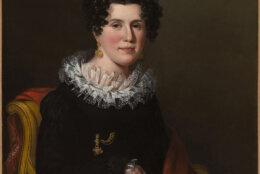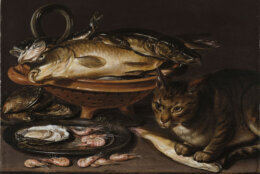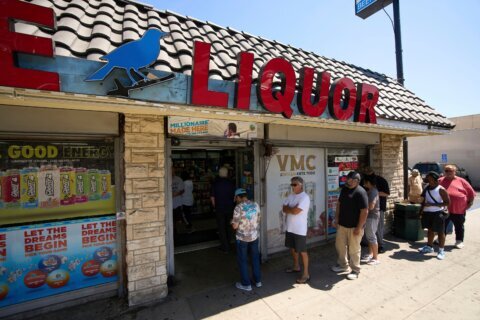Walking through the average art gallery in D.C. and beyond, visitors are greeted by a variety of types of art that tend to have one thing in common — they were created by men.
Though representation of women artists has improved, 87% of the artists with works in major museums’ collections are men, according to a study published in the Public Library of Science.
But there’s an exception to that in the District.
The National Museum of Women in the Arts in Northwest D.C. is possibly the only museum of its stature in the world with 100% work by female artists. According to its website, it is the “first museum in the world solely dedicated to championing women through the arts.”
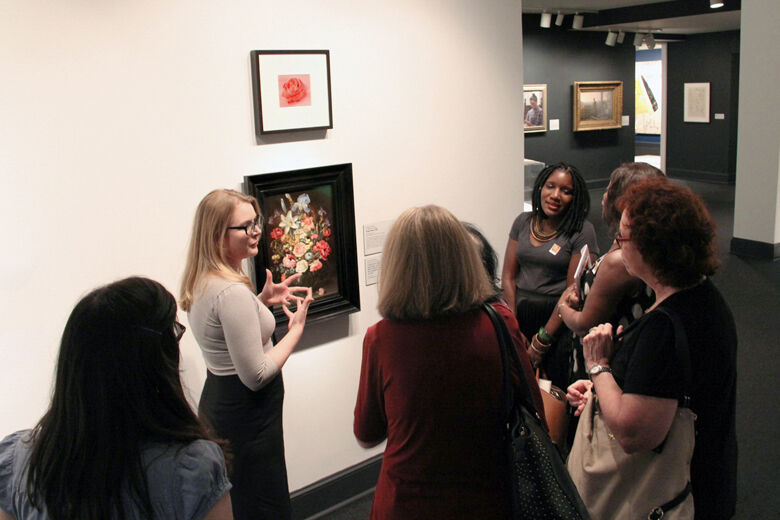
The museum opened in 1987 — in a building previously occupied by a group that didn’t allow women members.
It closed for renovations in August 2021 to expand gallery space and to add an educational center, and it plans to reopen this October. But its advocacy for women artists has continued amid the closure in the form of online campaigns, virtual events and lending out its works of art.
In honor of Women’s History Month, Ginny Treanor, a senior curator at the museum, spoke to WTOP about the state of women artists’ representation in museums and galleries.
By the numbers
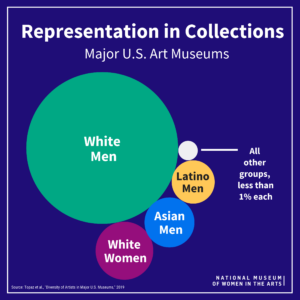
Between 2008 and 2020, 11% of all acquisitions at 26 prominent American museums were works by female artists, according to Artnet News.
The Burns Halperin Report, which tracks diversity in art collections on a yearly basis, found major discrepancies in how women artists are paid compared to their male counterparts.
Between 2008 and 2022, some $187 billion worth of artworks were sold at auctions worldwide. But of that, just $6.2 billion was spent on women artists, that’s 3.3% of sales.
“To put that in perspective, during that same time period, just one male artist, Picasso, sold $6.23 billion in sales,” Treanor said. “That’s more than all women artists combined.”
The gap is even larger for women artists who are Black.
In the same time period, just 2% of auction sales went to Black artists and 0.1% went to Black women artists, according to the Burns Halperin Report.
Education and advocacy
The museum works to promote gender equity in the arts, Treanor said.
“You’ll notice that I didn’t say equality, because equality doesn’t take into account the differences in lived experiences of men and women,” she said. “We are going for equity, that is representation for women artists, on terms that work for women artists, and again, realizing that women artists themselves are not a monolith.”
Like other industries, Treanor said the issue of representation stems from the “systems of operation,” as women are oftentimes not in positions of power in the art world.
“It really comes down to who’s in the room making decisions about what gets bought, and what gets sold,” said Treanor. “A lot of times that comes down to who has the money.”
While the number of women directors of museums has gone up, she said that women need to hold positions as board members, directors and philanthropists as well to improve representation in galleries.
Leaving female artists out of galleries doesn’t just hurt their pocketbooks, it also means the audience is missing out.
“It is beneficial for all of us, not just women … to have more perspectives in the gallery, more points of view in the art world,” Treanor said.
She said art can open up dialogues and be a “tool for us to relate to each other as humans with more empathy.”
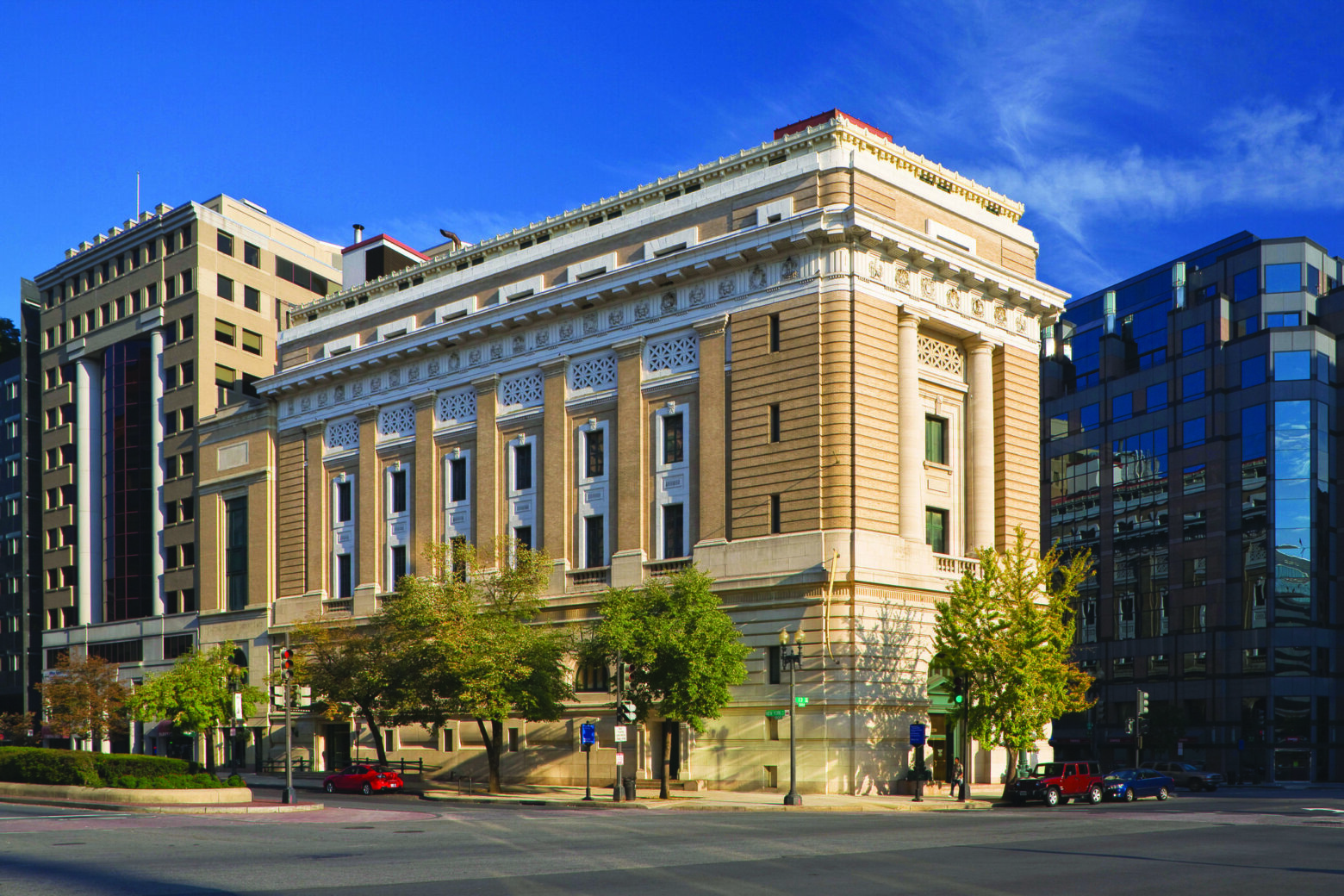
Even a gallery fully stocked by works from women artists has work to do in the realm of diversity. Treanor said the museum has strove to add works by women of color over the past several years, “not just Black American women, but also African women, Southeast Asian women.”
“We are really committed to the National Museum of Women in the Arts, being a place where everybody can come in and find themselves represented, find something that speaks to them,” she said. “And really, the only way to do that is to make sure that your collection and the things that you’re displaying have that diversity.”
Treanor added that it doesn’t take purchasing a piece for millions of dollars to help better women artists’ placement in the industry.
“If you’re going to a local art fair, seek out the women artists, talk to them, see what they’re doing,” she said. “And support them if you like their work.”
Can you name five women artists? Here’s one to start.
When founding the museum, Wilhelmina Cole Holladay would often ask a room full of people to name five artists.
Then she’d pose a follow-up question, “Can you name five women artists?”
That proved more difficult for many to answer, and Treanor said it inspired an online campaign for the museum. So far, over 87,000 people have tagged #5WomenArtists, and the museum’s website said the campaign keeps the topic of representation alive beyond Women’s History Month in March.
Treanor offered up one artist to get people wanting to learn about local women artists started: Alma Thomas.
Born in Georgia in 1891, Thomas moved to D.C. as a teenager during the Great Migration, according to the Smithsonian American Art Museum. She emerged as an artist with a distinct, abstract style in the 1960s that was later coined the Alma Strip.
Thomas was the first to graduate from Howard University’s art program in 1924. Along with being active in the District’s art scene through galleries, she taught art in D.C. public schools for almost 40 years.
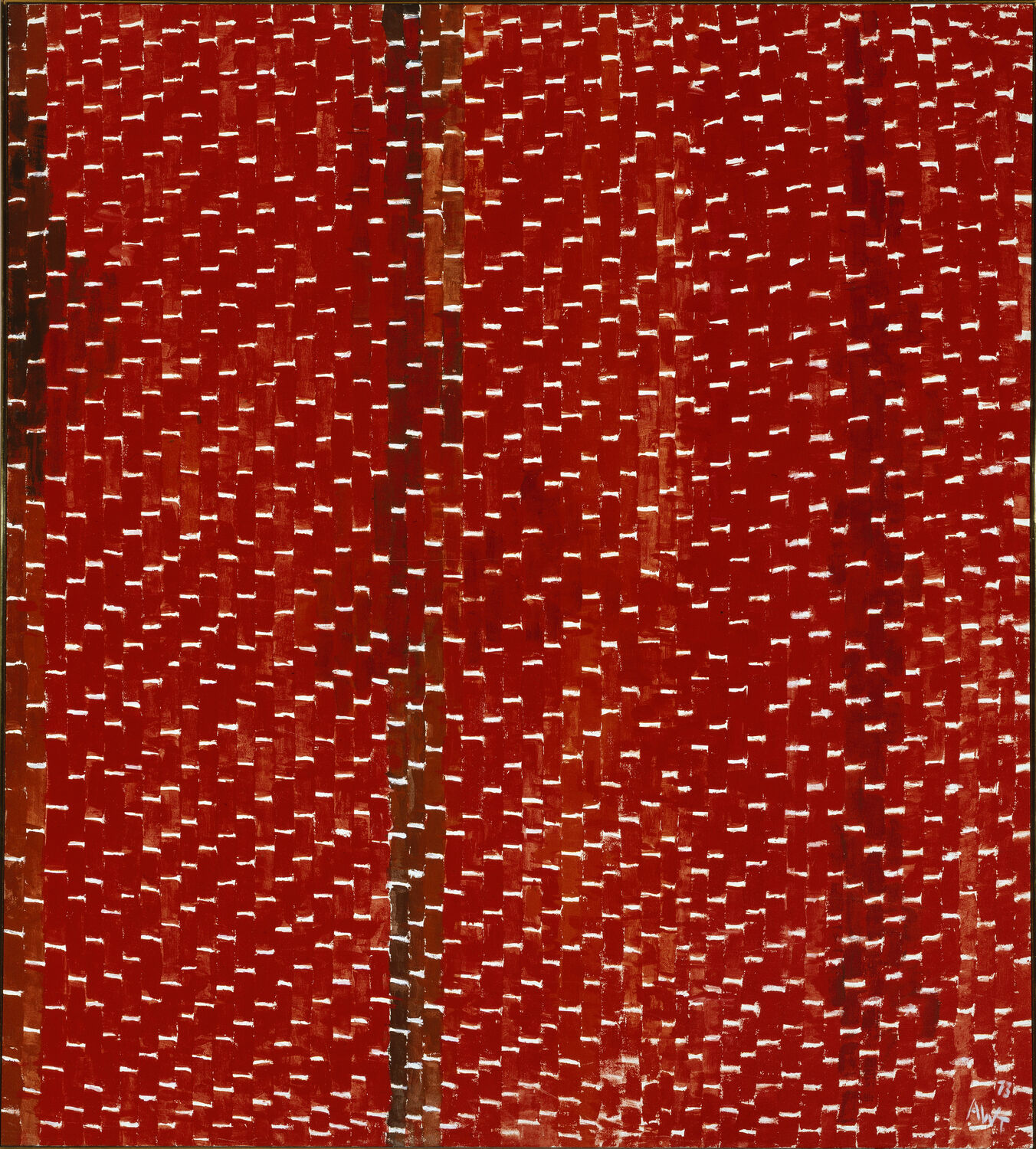
When it’s open, Thomas’ work is on display at the National Museum of Women in the Arts, the Smithsonian American Art Museum and the National Gallery of Art.
“She just embodies what it is to be an artist,” Treanor said. “She lived art, she breathed art for her entire life, and she taught it to generations of D.C. public school children.”
Celebrating women artists during Women’s History Month
What’s happening on March 8?
International Women’s Day falls on March 8 and the museum kicks off its remote programming at 11 a.m.
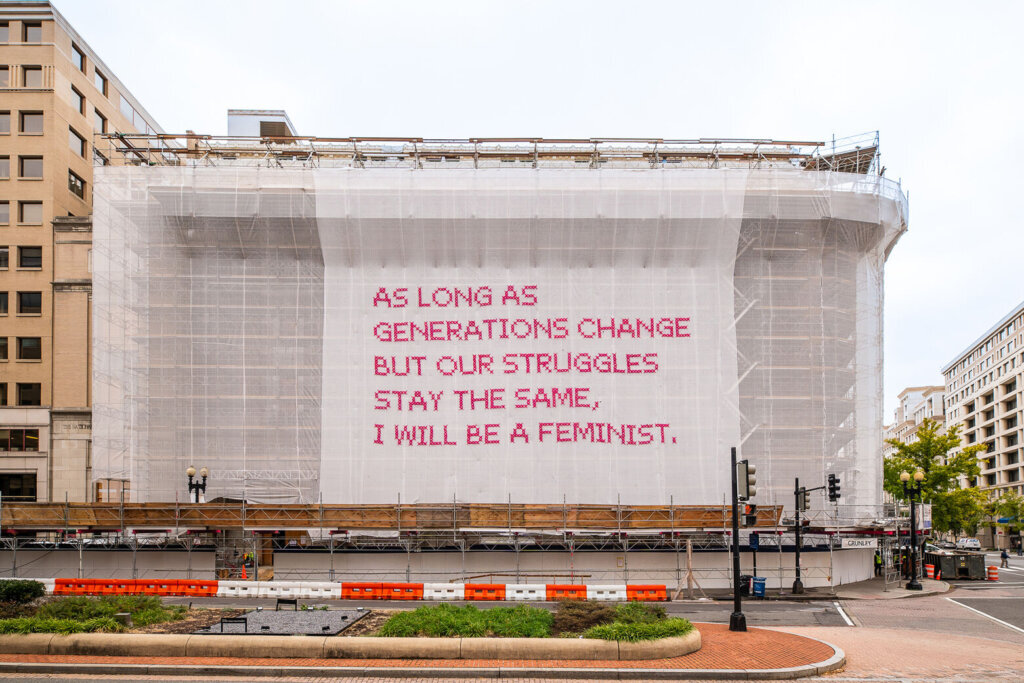
Here’s a summary of what the museum has planned:
From 11 a.m. to noon. Conversation with a Curator — Associate curator Orin Zahra is hosting a talk with documentary photographer Lina Geoushy.
“They’re going to have a discussion about her series on women athletes, who are disrupting gender stereotypes across the globe,” Treanor said.
From noon to 1 p.m. Be’la Dona performance — D.C.’s all-female Go-Go band will perform at the museum concert series: The Tea.
From 5 p.m. to 6 p.m. Never Have I Ever — Museum staff host their own version of the game with questions, such as “Have you ever cried in front of an artwork? Blown your budget on art-making supplies?”
From 6 p.m. to 7 p.m. The Art of Cocktails — D.C.-area mixologists teach participants how to make cocktails inspired by works of art.
Busy on Wednesday? Some alternatives.
The museum hosts art chats every Friday evening all year long.
Treanor co-hosts a program every second Tuesday at noon. The next one is scheduled for March 14. She said it will work to dispel the myth that there weren’t many women artists historically.
Itching to see some art in person?
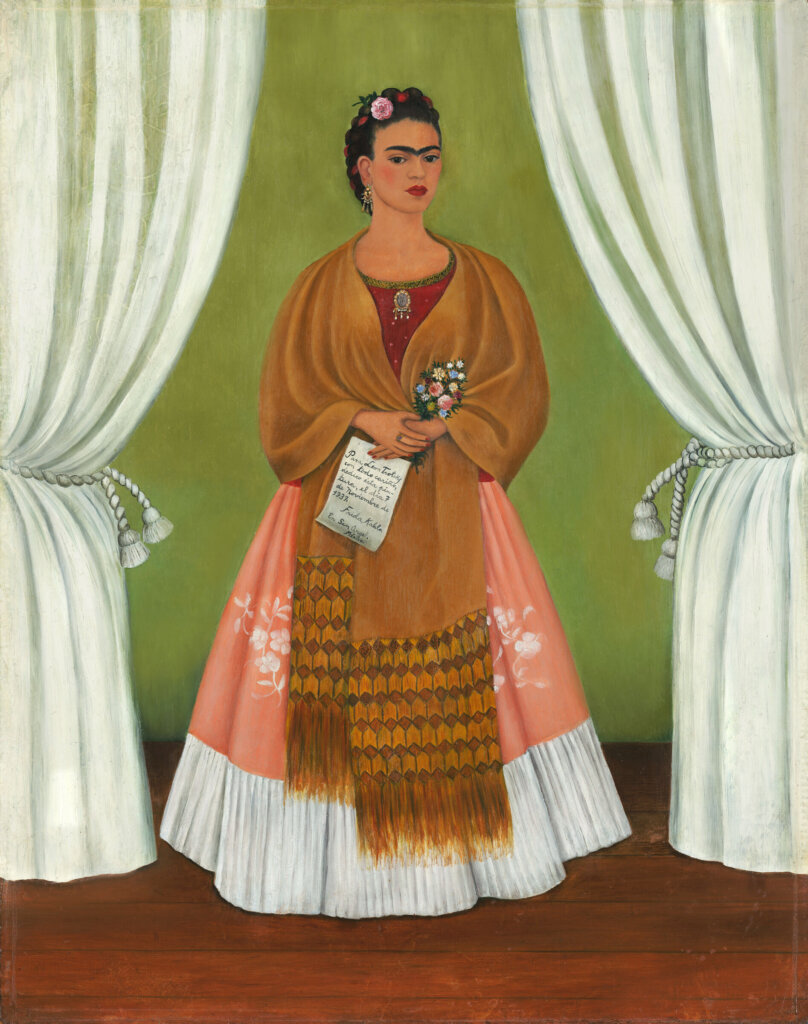
While the museum is closed, it has lent out some pieces from its collection to the National Gallery of Art in D.C. and the Baltimore Museum of Art in Maryland.
A favorite of Treanor’s, and one of the museum’s most popular pieces, is a self portrait by painter Frida Kahlo
“It’s the only work by Frida Kahlo … in the area, and people come to NMWA specifically to see that work, and it is now on view at the National Gallery of Art.”
